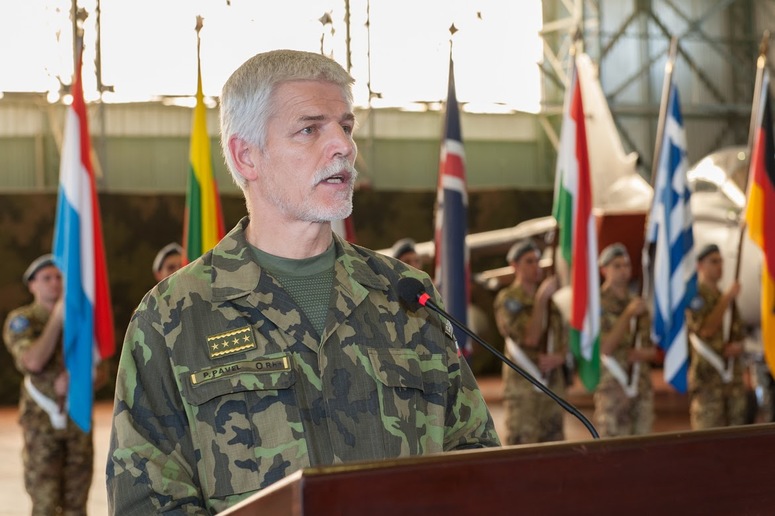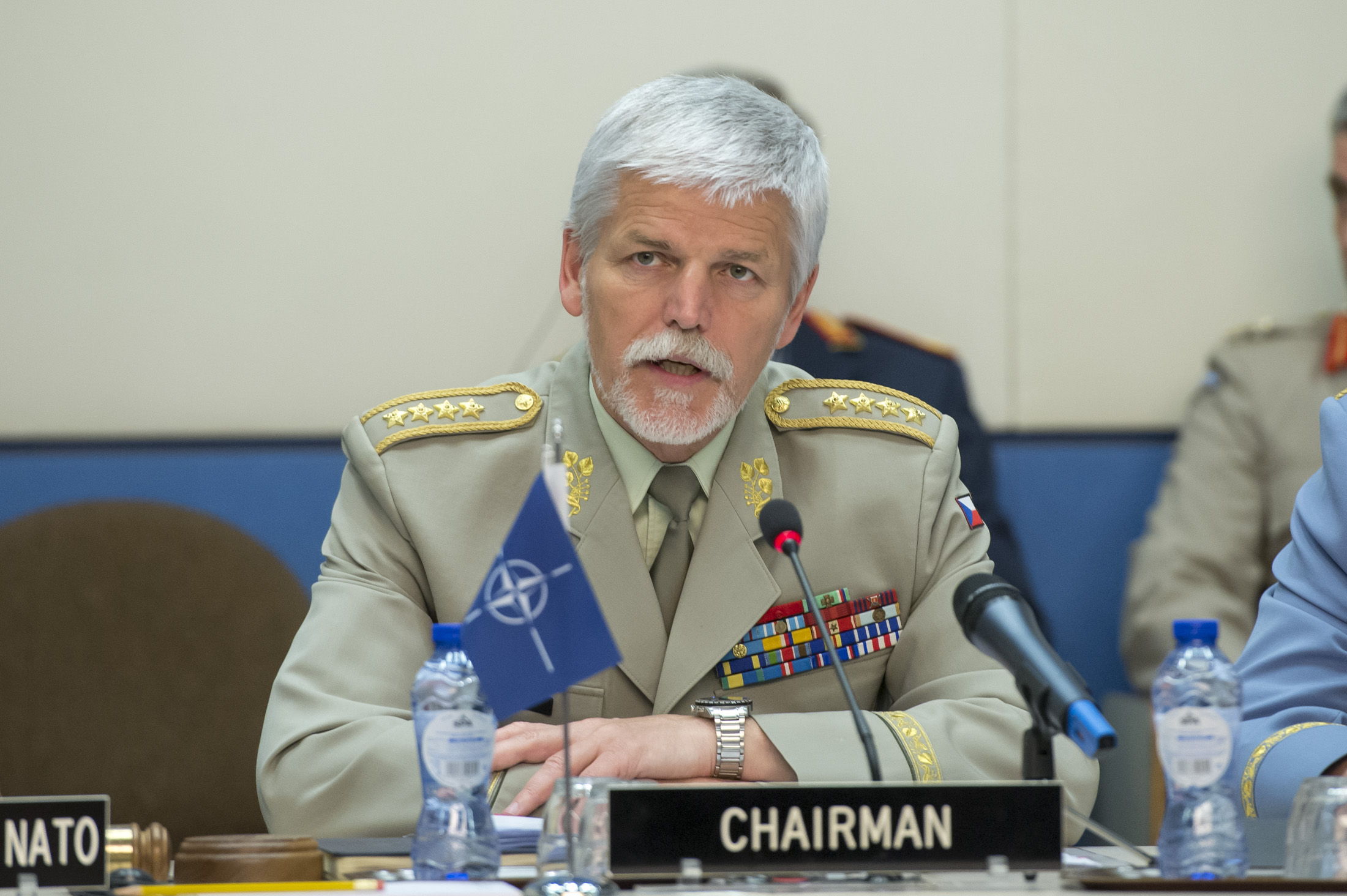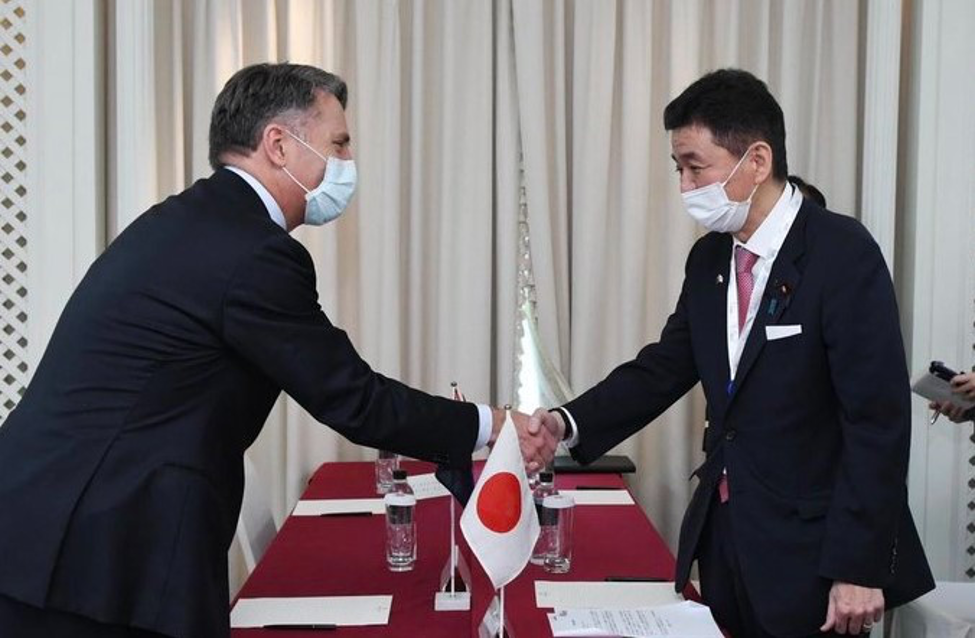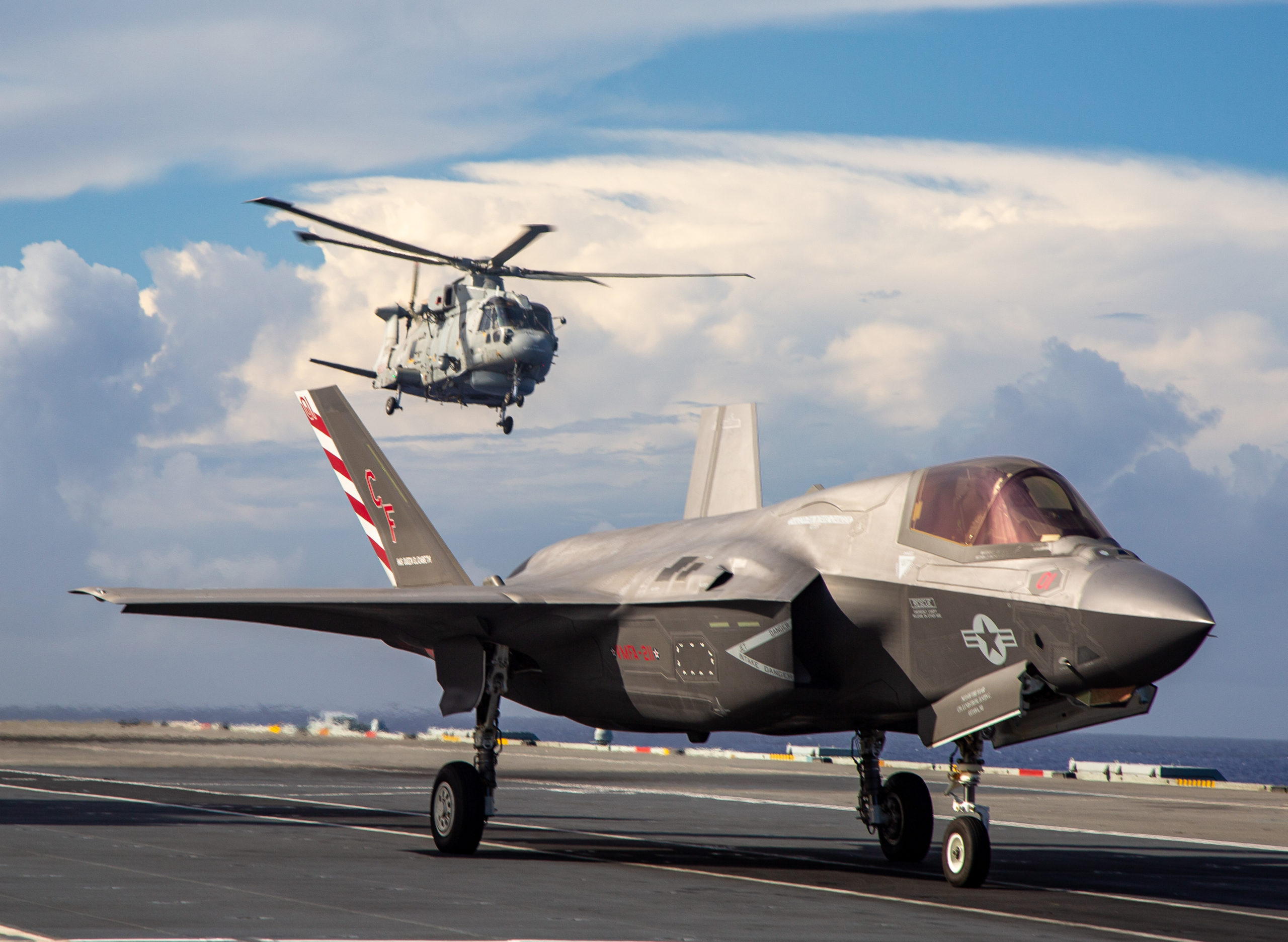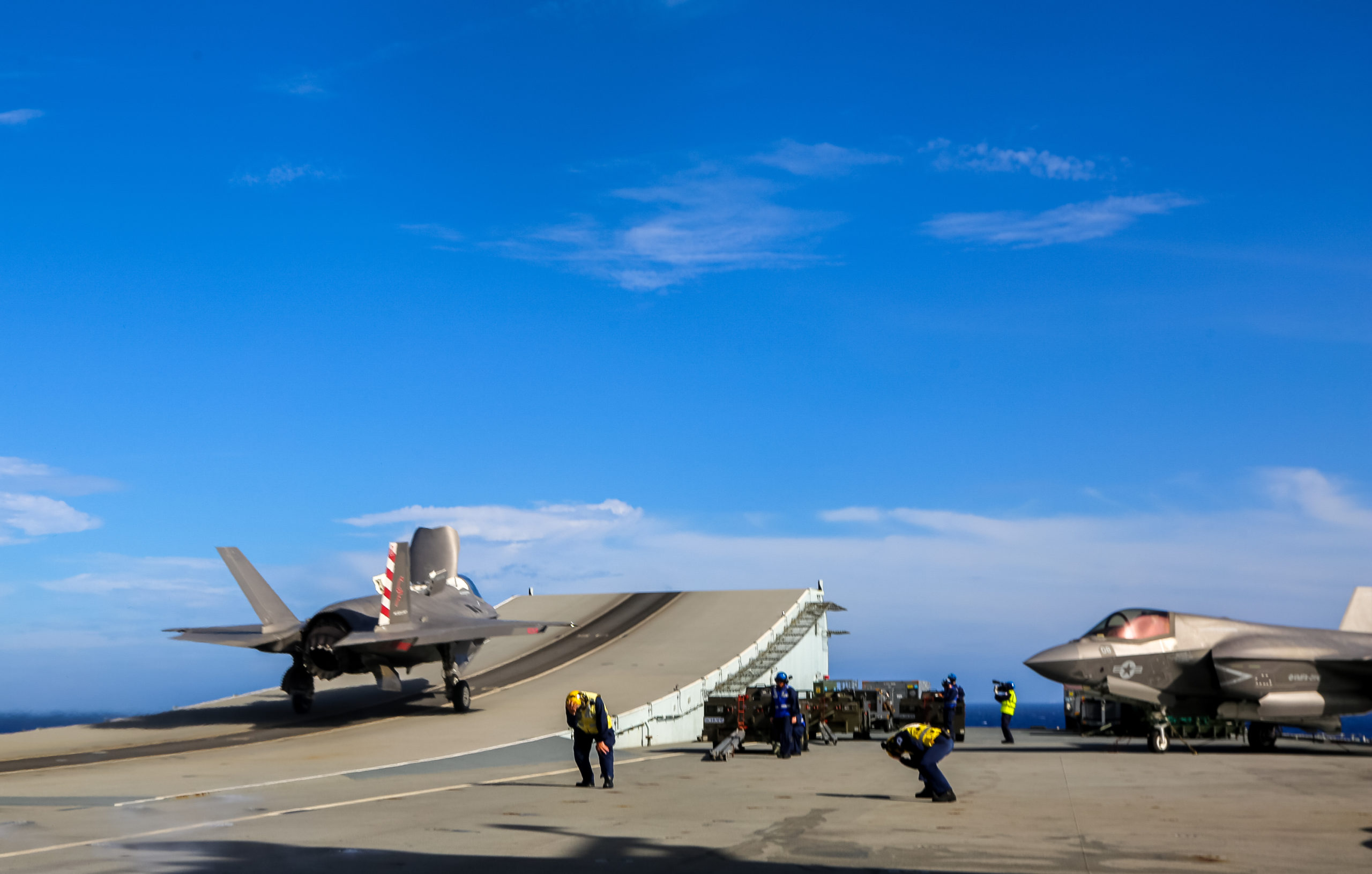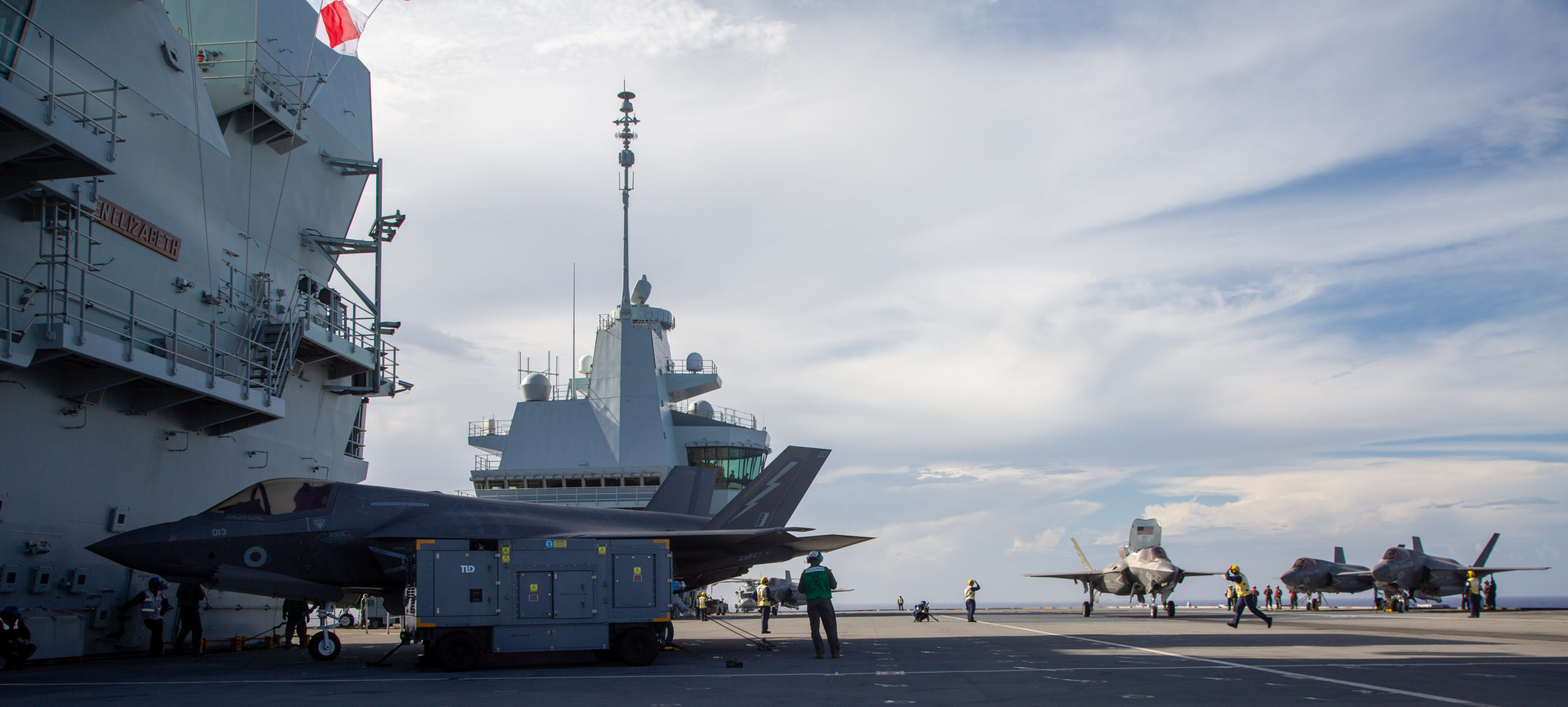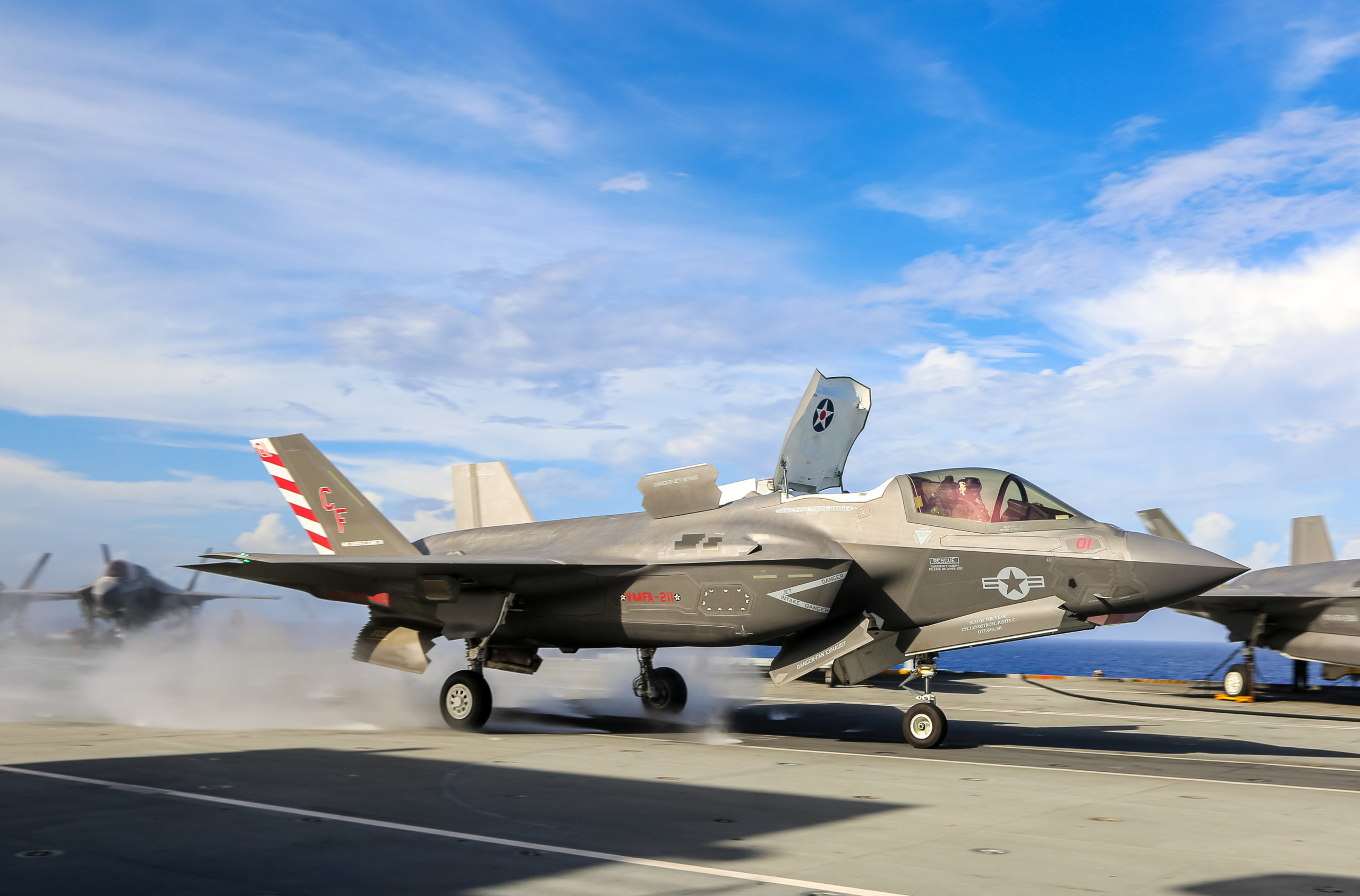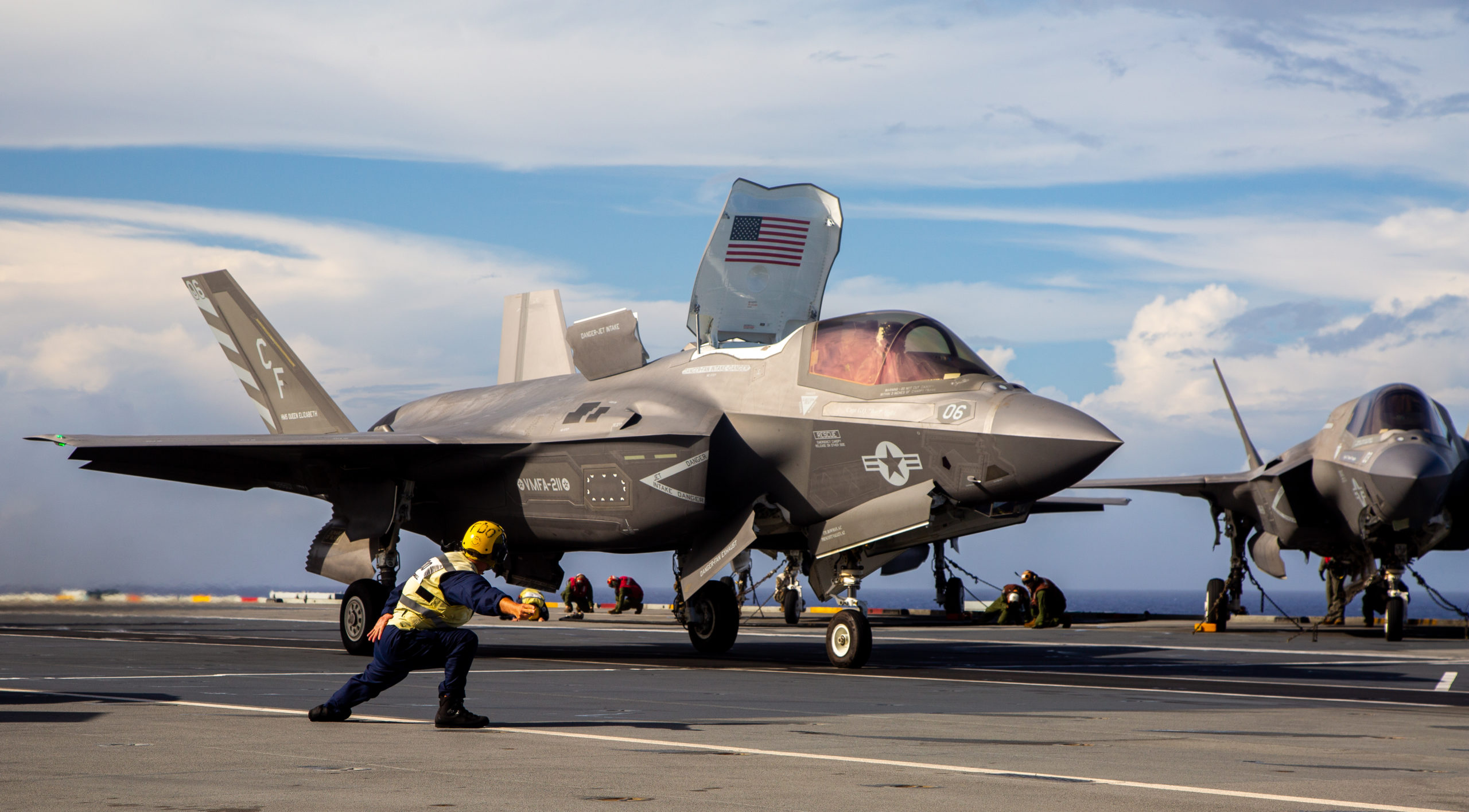By Robbin Laird
On July 3, 2022, General (Retired) Petr Pavel, the former head of NATO’s Military Committee, and now candidate for President of the Czech Republic, agreed to be interviewed by a team led Joël-François Dumont. Joining the interview team were Françoise Thom, the noted French Russian expert, Colonel (Retired) Joel Bros, former French Special Forces and former military attaché to Czech Republic and by myself.
In this article, a number of takeaways from the discussion are highlighted (with the biography of the General to be found at the end of the article), but for the complete discussion readers need to go to the European Security website.
Pavel underscored that what is unfolding in Ukraine today is a product of the long-range perspectives and policies of President Putin. He noted: “Russia still believes that the very possession of nuclear arsenal makes it a superpower, and enables it to dictate to other countries how to live and how to arrange their international relations.”
The Russians take no blame for their actions, but argue that the West is the trigger of their actions. He underscored that “They believe that they’re perfectly right. All the moves they do are well justified and the vast majority of Russian population stands behind President Putin in this belief. For all of us, it means that the situation international and security situation has fundamentally changed.
“Russia is no longer just a strategic competitor. It’s a direct threat to our security. President Putin, went so far by declaring a possible use of nuclear weapons against United Kingdom, France and other countries, threatening sovereign countries, including nuclear powers. It’s not an issue for us to think if Russia is bluffing or if they are just posing threats, they are determined to use these weapons and they expressed their determination several times pointing to existential threats, but without being very specific.”
“When we look at the breadth of Russian strategic thinking, we have to understand that anything that would harm Russian perception of being a global power could be taken as existential threat to Russia and as a justification for using nuclear weapons, tactical or any other level.
“But I believe that any use of nuclear weapons, even smallest tactical nuclear weapon would be breaching the threshold and would fundamentally change the whole paradigm of our security thinking.
“We don’t have to necessarily defeat Russia but we face the challenge of dealing with Russian thinking that whatever we do in terms of coming closer to them would be understood as our weakness and sooner or later, we would see them attack another country.”
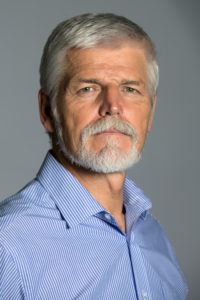
He argued that the war in Ukraine was having a significant impact on a “reshuffling in Europe” whereby the states most directly familiar with Russia and closest to Russia have views different from key states like France and Germany.
He argued that “we see a new, I wouldn’t call it fraction line, but potential division within Europe where countries bordering Russia such as Bulgaria, Romania, Baltic countries, Slovakia, Poland, Czech Republic are almost of the same opinion on how to handle the crisis. That means being very tough within the framework of sanctions against Russia, being extremely helpful to Ukraine in terms of humanitarian assistance including military assistance.”
The exceptions to this are the states of Hungary and Turkey, as he noted, which form “special cases” as he noted.
He added that one outcome of the war in Ukraine could well be Ukraine becoming part of the European Union, which if this was to happen would enhance the weight of the Russian threat focused countries within the European Union.
He very clearly underscored the importance of working relationships in Europe so that new fault lines do not open up on the continent when facing the Russian challenge, as this would only aid the Russians in the long-term competition.
“That’s why I believe that one of the most important tasks of our current presidency, which Czech Republic took over the 1st of July, would be to keep Europe together and find ways to handle the crisis in Ukraine and relationships with Russia. Because if we let ourselves become divided then Russia would prevail and that was their primary objective from the very beginning. We need to bring our understanding of situation to the same foundation so that we don’t take different conclusions and potentially wrong decisions.”
He was asked about the impact of Finland coming into NATO and triggering a broader European rethink on the direct defense of Europe. He felt that Finland and Sweden coming into NATO could very much aide the kind of rethinking necessary both in NATO and in Europe.
“NATO over the years has become probably too politically correct in our own way that we were circling around the problems without being able to identify true nature. I was facing that situation even in a military committee when I asked my colleagues to come back to the basics and speak as soldiers, not as politicians or diplomats. At least around the table so that we understand each other.
“I believe that Fins and Swedes will bring a lot of direct language, not necessarily politically incorrect, but very direct language. And especially with regard to Russia, the Fins are very well respected. Because even though Russians won the Finnish War in three months war, it cost them such huge losses that they, remember the war with Fins up to present days.
“So even though Finland is a small country by geography, it’s a big country by their heart and approach and I believe that it may change the atmosphere in NATO for better because we would probably come back to calling problems by their proper names and finding straight and direct solutions to current problems.”
Europe certainly could strengthen conventional defense capabilities and shape enhanced horizontal conventional defense escalation options, notably with the possibility of an integrated Nordic defense.
But the nuclear challenge remains significant, and an open question of how NATO’s nuclear countries would address this challenge in more than a declaratory sense, such as was done at the recent NATO summit, where we learned yet again that NATO is a nuclear alliance.
That is good, but what modernization and training efforts will be generated to convey to the Russians that their strategy of “escalate to de-escalate” will not work?
This is how General (Retired) Pavel handled this challenge:
“Russians have developed the principle escalate to deescalate. We know it. They are very skillful in using it. I believe that we haven’t done good job facing Russian deterrents by using nuclear weapons because when President Putin and Minister Lavrov are starting talking on increasing level of readiness of Russian strategic nuclear forces and so on and potential strategic strikes to Western cities or even blowing the whole countries out of the surface, our reaction was a little bit scared.
“I believe that we should remind Russia that we have a nuclear weapons too and we are also determined to use them if we have to and that Russian cities are on our target list as well. But we are reasonable enough not to do it and not to threaten any country by using our nuclear weapons, but we only remind Russia that they are not the only country with nuclear weapons and with target lists.
“The Russians only understand our strength. And I’m always trying to explain in our debates with the Czech public, when I speak on deterrence, that the deterrence is not about frightening anyone, it’s not threatening. It’s simply reminding that we have the capacity and making our adversaries of our proficiency and willingness to use our capabilities. That’s the very substance of deterrence and we haven’t used it in such a way to answer Russian threats.”
We discussed the recent decisions made at the NATO Summit in Madrid to increase both force size and shift force deployments forward. Pavel welcomed these developments but cautioned that they will take time but must also actually be done and not just remaining as a summit declaration.
He was very clear that whatever the outcome of the war in Ukraine after that outcome is sorted out, the task of rebuilding Ukraine including its defense capabilities would remain as a priority for Europe and NATO. “Once this war is over Ukraine military will have to be consolidated and provided with the equipment that will be interoperable, that would be manageable in logistic terms, but also in training terms.
“As we aid Ukraine now, we will have to think of for future, how to equip and how to handle Ukraine and their capabilities in future. It’s clear that their accession to NATO will not be in question for time, but at the same time it’ll be in our interest that Ukraine has a strong enough military, capable to deal with their security issues on their own but it’ll also in our interest that Ukraine remains our partner now that it is interoperable with our own forces.”
He was then asked about his own country, the Czech Republic, and shaping their way ahead in light of the current defense and security situation in Europe. He commented that “the Czech Republic went too far in reducing our defense expenditures after the end of the Soviet Union. At one point, and it was in times when I was Chief of Defense, we went even below 1% of GDP and the deficiencies in our capabilities were so serious that I confronted that time President Vaclav Klaus, because I saw that the capacity of military was so insufficient that we wouldn’t be able to meet even basic tasks.
“Since then, number of problems have been dealt with, but still the pace of modernization is not fast enough to meet the challenge. Now with new government, it seems that we will be able to finalize some modernization projects but given the pressure of state finances because of COVID crisis and now the war, I have some concerns that this government will be able to meet these commitments.
“Our primary goal must be to meet our capability target from NATO defense planning. And that’s heavy brigade equipped with tracked APCs ready by the end of 2025. Because this is our main contribution to NATO collective defense and also our contribution to increasing the capacity of NATO forces.
“Czech Republic contributes beyond its weight to the battle groups formed in our Eastern border, both in the Baltic countries and we are also taking command and significant contribution to Slovakian battle group.
“We also have contributed to air policing to multi countries and a number of other activities. And from what I hear from our government, it remains a priority, they are determined to keep the pace of our contributions and to meet also commitments made within NATO defense planning. However, I see that it’ll be a great challenge to succeed fully.”
The photos show General (Retired) Petr Pavel’s time in service as Chief of Staff of the Czech Republic armed forces or his time as Chairman of the NATO military committee. We credit the provision of these photos to @Anna Šolcová.
Biography of Petr Pavel
General Pavel was appointed Chairman of the NATO Military Committee on 26 June 2015.
From July 2012 to May 2015 General Petr Pavel served as Chief of the General Staff of the Armed Forces of the Czech Republic, the highest ranking officer in the Czech Army and the principal military adviser to the Czech Government. In September 2014, General Pavel was elected Chairman of the NATO Military Committee.
General Pavel graduated from the Army College in Vyškov, Czech Republic in 1983 and since then has spent a large part of his military career holding positions in Special Forces, Operations and Intelligence divisions. Throughout his career, General Pavel has held a range of positions from Deputy Military and Air Attaché of the Czech Republic in Belgium to Commander Special Forces to Deputy Director Operations Division at the Ministry of Defence,
In addition, General Pavel has also held his share of positions in International and National joint staffs representing the Czech Armed Forces as the National Military Representative to the US Central Command, as well as National Military Representative of the Czech Republic to SHAPE in Mons, Belgium.
Furthering his education in the United Kingdom, General Pavel has studied at the Staff College, Camberley, the Royal College of Defence Studies, London and obtained an M.A. in International Relations from King’s College, London.
And here was an article in CZ Defence published July 20, 2019 which described his career from the standpoint of his memoirs:
The book brings a subheading “In the front line”. The Czechs loved General Pavel when he was the Chief of the General Staff. The world has known him as the Chairman of the NATO Military Committee. He found a way to soldiers’ hearts a long time ago thanks to his heroic action in former Yugoslavia. But nobody could suspect that he, as a kid, was suffered from ADHD. So primary school teachers cursed him. And much more…
This all has been written in a compact form not only by Petr Pavel, but also by his farther, sister, wife, sons and comrade-in-arms. His father, also an army officer, brought up his son in military style – he continually entrusted him with the tasks, which exceeded the boy’s age by demandingness. And sent him to play hockey and to train gymnastics. On the threshold of adolescence, Petr went to a Military gymnasium and ensured a parental consent to jump with parachute.
He got here the best preparation so that he was able to assert himself in prestige reconnaissance units. At that time Czechoslovakia was part of the Warsaw Pact, but the ice was starting to melt. Young Petr Pavel did the right think when – apart of obligatory study of Russian – studied English as well.
Thus, at the beginning of the ‘90s, he was one of the first, then Czechoslovakian, soldiers who participated in a foreign mission. Together with a unit consisting from volunteers, he set off to rescue French soldiers from captivity. In the middle of a ragging battle between the Serbians and Croats. The popular Czech slogan “We can come to an arrangement” didn’t work so much as the rescue team wished. In spite of this, all were survived, the prisoners were rescued.
And only in the memoir the fans of General Pavel have a chance to find out all details of this adventure. For completeness’ sake, these details are additionally described in separate chapter by Colonel Karel Klinovský, a participant of the mission and the best friend. Not less interesting is to look at the general’s family life. He is relatively self-critical and admits that he hasn’t always had enough time for his loved ones. In spite of this, from our conversation with his family, it is evident mutual respect, tolerance, love and never-dying support.
General Pavel also does a big favour in the closing chapters, which describe his service in NATO, and, thus, functioning of this organization, its attitude towards different recent or actual conflicts. We can even say that a reader acquires two books at one stroke – a biography and a textbook of the global security policy.
Just two questions remain now: When a big foreign entertainment company shoots a picture about a rescue of the French contingent by an underestimated Czechoslovak unit? And when the memoires of General Peter Pavel can be issued at least in English translation for foreign readers?
And in the video below, General Petr Pavel is seen closing out his tenure as Chairman of the NATO Military Committee on June 29, 2018,



